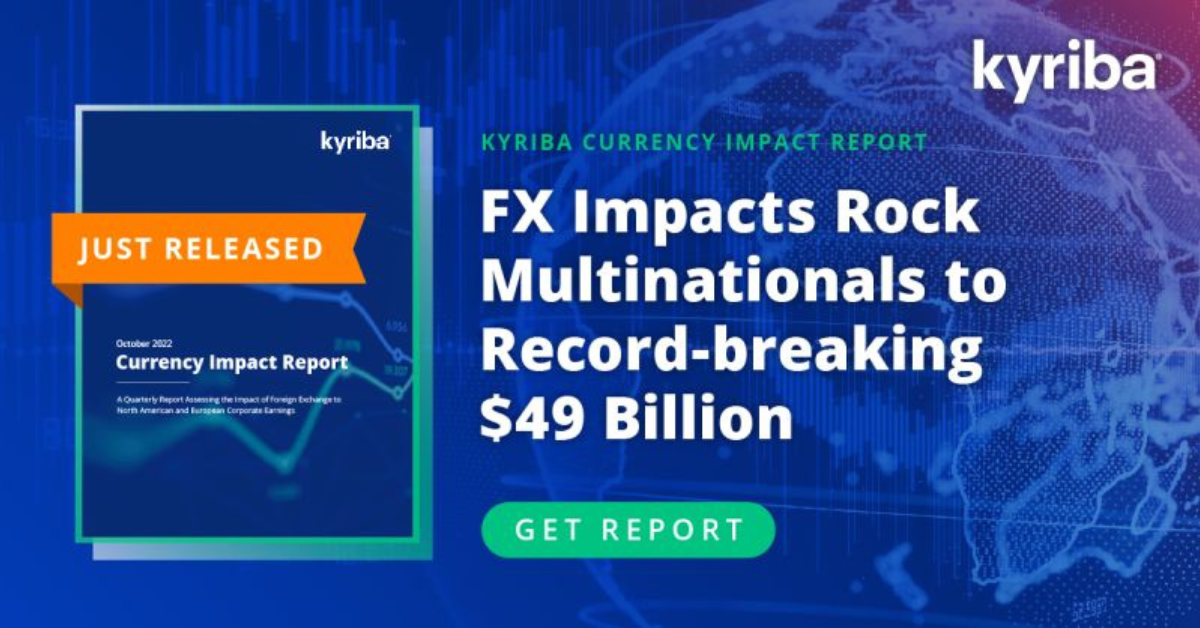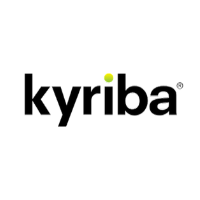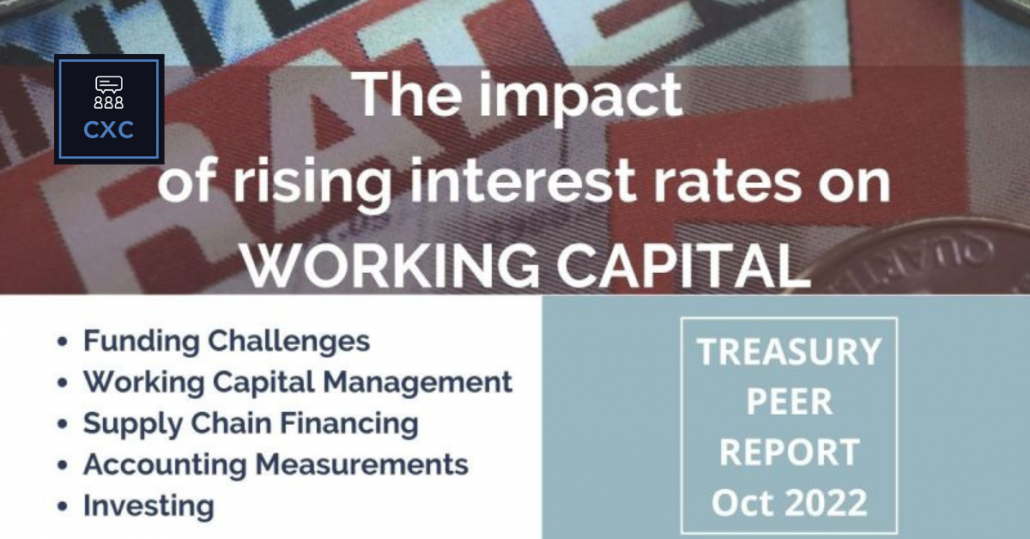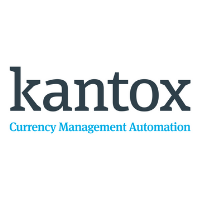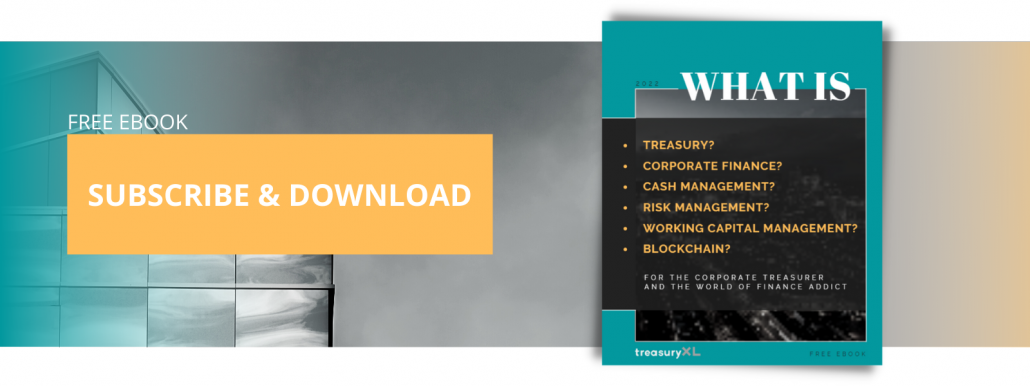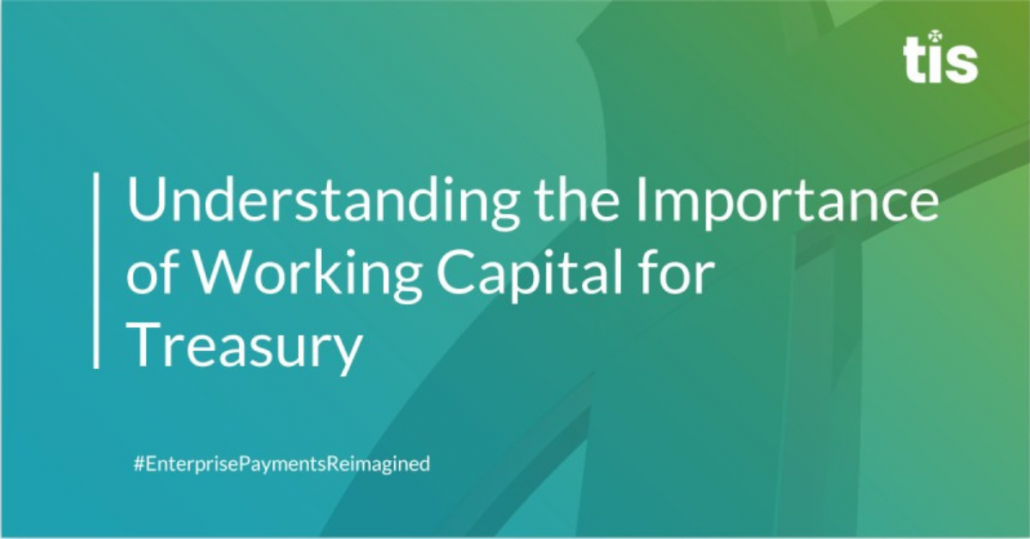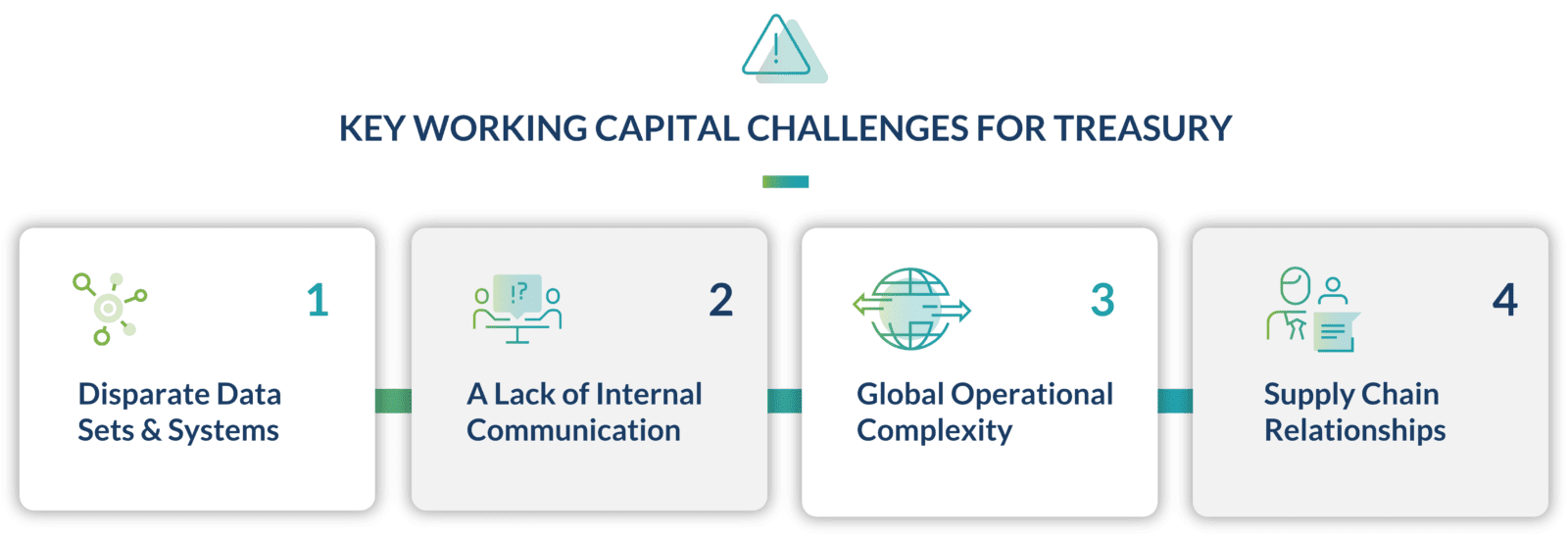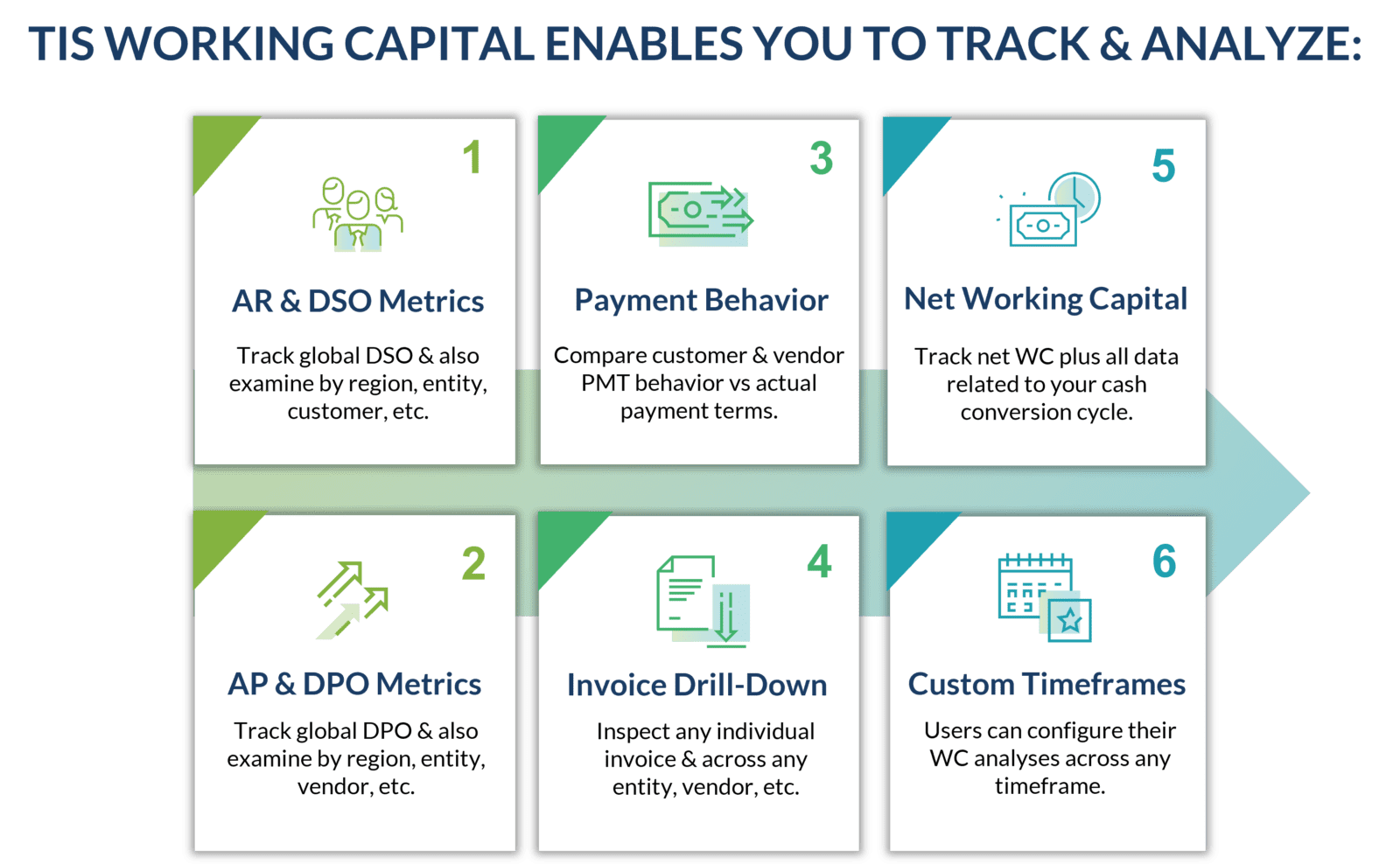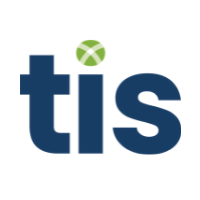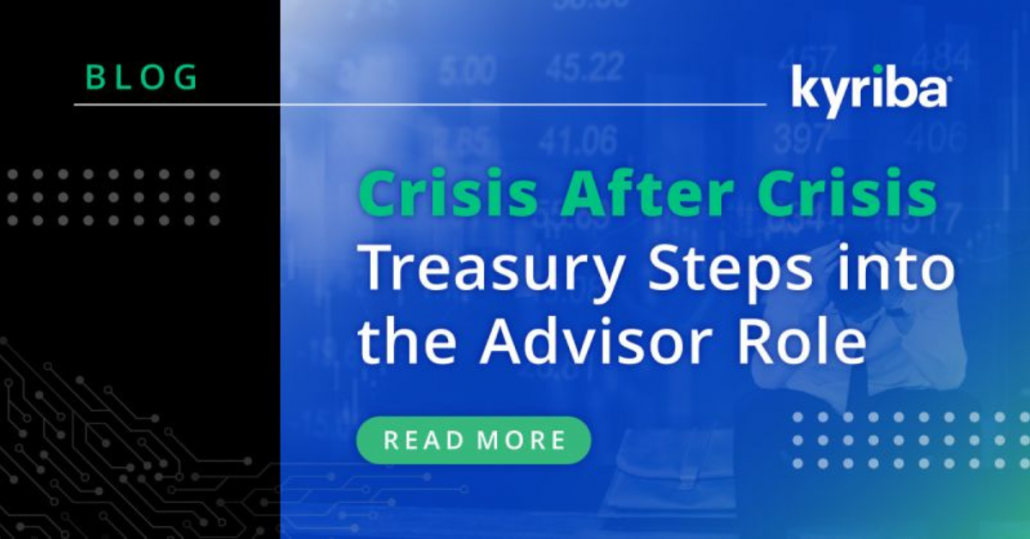The future of the financial world will be digital. But it is becoming clear that this world will not be dominated by privately-issued crypto assets like crypto currencies such as Bitcoin or even stable coins.
It is becoming all the more likely that it will be central bank digital currencies (CBDCs) that are digital versions of nation’s fiat money that are issued and regulated by central banks as these are seen as more secure and inherently not volatile.
“Crypto assets and stablecoins are no match for well-designed central bank digital currencies (CBDCs). “If CBDCs are designed prudently, they can potentially offer more resilience, more safety, greater availability, and lower costs than private forms of digital money.” Kritalina Georgieva, managing director of the International Monetary Fund (IMF).
Recently, a number of interesting reports have been published giving insights on the present state of CBDC projects (IMF report) and on the various risks that these could bring (Atlantic Council GeoEconomics Center Research). There are also various private players that could play an important role in solving the various issues CBDC projects are confronted with, like Ripple and Algorand.
What can Central Banks and international organisations learn from their findings?
IMF Report: “The Ascent of CBDCs”
In September the International Monetary Fund (IMF) has released a report named “The Ascent of Central Bank Digital currencies”. The publication provides insight into the research the organization has done on CBDCs, thereby giving an update on the progress of the global development of CBDCs in various countries. In this report the IMF said that crypto’s technical capabilities could bring the potential for central banks to create a rich, diverse monetary system if well-constructed and that global collaboration might actually be a good thing.
This report shows there is a great deal of interest in the concept of CBDCs in a growing number of countries worldwide. Central banks all over the world are now exploring their potential as they could offer several benefits, but for various reasons, ranging from real-time payments to increased financial participation by the unbanked and underbanked.
Present state
The report indicates that as of July 2022 about 97 countries across several continents around the world have indicated interest and are nowadays exploring CBDCs, which is more than half of the global central banks. Most Central banks thereby already moved beyond conceptual discussions and are either in the researching, testing or deploying stage of the process.
As of the time of publishing the report, so far only two countries have fully launched their CBDCs projects, namely the Nigerian eNaira in October 2021 and the Bahamas’ Sand Dollar in October 2020. According to the data sourced by the IMF from its dedicated CBDC tracking website: another15 CBDC projects are in the pilot stage, while, 15 more are currently in the proof-of-concept stage, with 65 countries still carrying out research on theirs. Meanwhile, six countries cancelled their CBDCs.
What may it bring?
Furthermore, the IMF report highlighted the benefits and issues associated with CBDCs.
Benefits
The report states that one of the benefits of the digital asset is financial inclusion, as CBDCs are seen as an avenue for central banks across the world to bring financial services to their unbanked population. CBDCs will increase financial inclusion in nations by giving people access to banking accounts’ security and convenience.
But there are more benefits to be get. If CBDCs are designed prudently and possess all the qualities of the underlying technology of crypto assets, they can potentially offer more resilience for domestic payment systems, more safety, greater availability, and lower costs than private forms of digital money. This may lead to better access to money, increase efficiency in payments, and in turn lower transaction costs. CBDCs can also improve transparency, while providing more scalability and stability backed by central banks to the people using it.
Risks
The IMF pointed out some of the issues CBDCs might face including apathy, which may affect adoption. While a CBDC may have many potential benefits on paper, central banks will first need to determine if there is a compelling case to adopt them, including if there will be sufficient demand .
Additionally, issuing CBDCs comes with risks that central banks need to consider. Users might withdraw too much money from banks all at once to purchase CBDCs, which could trigger a crisis. Central banks will also need to weigh their capacity to manage risks posed by cyberattacks, while also ensuring data privacy and financial integrity.
Banking industry associations also announced their fear that a central bank digital currency – if not well constructed – could implode their core business model of loaning out depositors’ funds by enticing consumers to take deposits out of traditional accounts and keep them in digital currencies, which would cut deeply into the funds banks have available to lend
What should Central banks do?
When it comes to preserving users’ privacy and avoiding financial censorship, the creation of CBDCs has a number of challenges that must be overcome before they can be implemented.
The IMF pointed out that central banks need to assess risks before issuing CBDC, and at the same time strengthen the ability of cyber-attack risks, so as to protect the property security and privacy security of people in their own countries.
These challenges include training users on how to use it, authenticating identity, accessing it offline, and taking measures to preserve user privacy and security.
GeoEconomics Center Research
Another research on CBDCs relates to that of the Atlantic Council GeoEconomics Center that operates at the nexus of economics, finance, and foreign policy, and seeks to shape a better global economic future.
Their recent report titled “Missing Key – The Challenge of Cybersecurity and CBDCs” shows that 105 countries and currency unions are currently exploring the possibility of launching a CBDC, either retail, issued to the general public, or wholesale, used primarily for interbank transactions. That is up from an estimated 35 in 2020. Of this total 19 Group of Twenty (G20) countries are considering issuing CBDCs, and the majority of them have already progressed beyond the research stage.
CBDCs may pose various risks
This research shows that CBDCs may pose various risks, but “responsible design could turn them into opportunities”. There is growing concern about cybersecurity and privacy risk, as more countries launch CBDC pilot projects.
There are many design variants for CBDCs, ranging from centralised databases to distributed ledgers to token-based systems. Each design needs to be considered before reaching conclusions about cybersecurity and privacy risks. Central banks should therefor understand the specific cybersecurity and privacy risks associated with CBDCs.
If implemented without proper security protocols CBDC vulnerabilities could be exploited to compromise a nation’s financial system. Present technology however enables central banks to ensure that both cybersecurity and privacy protection could be embedded in any CBDC design.
What can be done to mitigate these risks?
Centralised data collection
Many of the proposed design variants for CBDCs (particularly retail CBDCs) involve the centralized collection of transaction data. This is posing major privacy and security risks. From a privacy standpoint, such data could be used to surveil citizens’ payment activity. Accumulating so much sensitive data in one place also increases security risk by making the payoff for would-be intruders much greater.
The risks associated with centralized data collection can be mitigated either by not collecting it at all or by choosing a validation architecture in which each component sees only the amount of information needed for functionality.
The latter approach can be aided by cryptographic tools, such as zero-knowledge proofs, which authenticate private information without revealing it and allowing it to be compromised, or cryptographic hashing techniques.
These cryptographic techniques can be extended even further to build systems that verify transaction validity with only encrypted access to transaction details like sender, receiver, or amount. These tools have been tested extensively in privacy-preserving cryptocurrencies and are based on significant advances in the cryptography community. The technology already enables central banks to ensure that both cybersecurity and privacy protection are embedded in any CBDC design.
Transparency vs privacy
A common concern with privacy-preserving is reduced transparency for regulators. Regulators generally require enough insight to identify suspicious transactions, enabling them to detect money laundering, terrorism financing, and other illicit activities. International standard-setting and more knowledge sharing between banks is therefore critical of rapid development and adoption.
Cryptographic techniques can be used to design CBDCs that provide cash-like privacy up to a specific threshold (for example EUR 10,000 as was proposed in the EU) while allowing government authorities to exercise sufficient regulatory oversight. A new CBDC system would not need to reinvent security protocols but could instead improve on them.
Retail CBDCs
Several countries have committed to or even deployed retail CBDCs whose underlying infrastructure is based on distributed ledger technology. Such designs require the involvement of third parties as validators of transactions. The associated risks can potentially be mitigated through regulatory mechanisms such as auditing requirements and stringent breach disclosure requirements. This is why the need for international standard-setting and more knowledge sharing between banks is critical at this moment of rapid development and adoption.
Cross border regulation, interoperability and standard setting
Countries are understandably focused on domestic use, with too little thought for cross-border regulation, interoperability, and standard-setting. Fragmented international efforts to build CBDCs are likely to result in interoperability challenges and cross-border cybersecurity risks.
International financial forums, including the Bank for International Settlements, IMF, and G20 have a critical role to play towards the development of global CBDC regulations in standard-setting bodies.
IMF global platform for cross border payments
The International Monetary Fund (IMF) is pushing for a global platform for cross-border payments, that would accept CBDC payments, hold them in escrow and issue tokens to reduce the cost of international transfers.
The platform will provide a common settlement feature and a common programming language to write smart contracts on the platform that are compatible with one another. It will be available for both the public and private sector to use, that will help simplify international transactions. For example, a firm could further program a smart contract to “automatically hedge foreign exchange risks of transactions or pledge a future incoming payment in a financial contract.”
The overall purpose of the settlement platform is to simplify things for the private sector, help coordinate transactions between individuals, businesses and countries, and providing settlement services on a global scale to ensure payments are made in a timely manner. This could lead to the platform becoming a “tight public-private partnership.”
The platform will also introduce the tokenization of money. This would make money “accessible to anyone with the right private key and transferable to anyone with access to the same network.” “Tokenized money introduces a radical transformation that breaks down the need for two-way trusted relationships. Anyone can hold a token, even without having a direct relationship with the issuer”.
The next step in the process will be “the publication of two papers that will lay out an initial blueprint for such platforms to support CBDC clearing and settlement transactions between multiple countries in the hope of stimulating further discussion on these important topics, which are likely to shape the future of cross-border payments.” Adrian, director and division chief of IMF’s Monetary and Capital Markets Department
Ripple’s involvement in CBDC projects
But also private players like Blockchain-based cross border payments firm Ripple could play an important role in solving the various issues many CBDC projects are confronted with. Ripple already plays actually quite an important role and is participating actively in many CBDC development programs. Ripple is thereby working on CBDC solutions with several pilot programs already in progress. And there are several indications that show the company is indulged in several running projects also, not disclosed yet.
Ripple Labs partnered in 2021 with the Royal Monetary Authority of Bhutan. This partnership was focused on the issuance and further managing of the digital form of native currency ngultrum. A couple of months later, the company also partnered with the Republic of Palau for developing a digital currency.
Additionally, in February, Ripple was also said to join the Digital Euro Association, a Europe-based think tank, as a supporting partner. The initiative was focused on driving the growth and development of Digital Euro and CBDCs in the region. Ripple recently (on September 1) joined a new Digital Dollar Project (DDP) sandbox for testing CBDC technology, called Technical Sandbox Program.
Ripple’s solution is thereby based on the use of private versions of its XRP Ledger (XRPL) in CBDC programs launched in March 2021, which is technically not a blockchain but rather uses the digital ledger technology (DLT) that is the foundation of blockchains. The program had the objective to explore more potential technical and business effects of CBDC within the country.
XRPL’s Federated Sidechains
An interesting development during 2022 is the implementation by a number a number of leading blockchains, including Ripple and Ethereum, of so-called purpose-made sidechain solutions.
Governments will definitely need centrally controlled networks for their CBDC developments. However, such platforms can’t be built from scratch: they would lack a userbase and liquidity inflow.
Federated Sidechains by XRP Ledger can solve these problems as they can implement every logic, idea and governance architecture required for its issuers. At the same time, Federated Sidechains are flexible and adjustable when it comes to use cases, adoption and interoperability with mainstream blockchains.
The Ripple blockchain ((XRPL) can supercharge state-backed digital assets with its Federated Sidechains, and may play a decisive role in the development of Central Bank Digital Currencies. Ripple’s XBridge enables the transfer of assets across different ledgers. A federated sidechain can be centralized or decentralized, open or private, its validators can follow any consensus mechanism. Any feature can be implemented to enforce law and regulation.
Algorand Hybrid CBDC model
Another interesting player in the CBDC development area is Algorand. This blockchain company and central bank digital currency platform recently published their 2022 report “Issuing Central Bank Digital Currency on Algorand”, discussing the latest trends in CBDC development, capturing insights into how CBDCs are unfolding at central banks around the world, and share their latest findings on CBDCs.
Hybrid CBDC model
The report also described Algorand’s hybrid model for using CBDCs and its advantages compared to other token-issuing L1 protocols. This hybrid CBDC model is built on a private instance of the open public Algorand blockchain.
This model, that has been tested in various CBDC projects, is a two-tier system that is seen as a unique approach from enterprise and other providers. It creates an environment that enables uncomplicated and smooth interaction between various ecosystem partners.
In this model, central banks have full control over the CBDC, while simultaneously enabling licensed service providers (LSPs) such as commercial banks, payment providers, and other fintech companies like e-money firms, to simultaneously facilitate distribution and transactions
The “openness-by-design” architecture of Algorand enables building protocols and processes robustly and stably that are interoperable with legacy systems and future requirements. Algorand’s consensus algorithm guarantees that transactions are quick and instantly final and that the blockchain never soft forks. This makes Algorand a perfect blockchain for CBDCs.
EU Digital euro project as an example
An example of how a CBDC project is advancing is the digital euro project. In July 2021 the ECB launched the investigation phase of the digital euro project. This phase aims to identify the optimal design of a digital euro and ensure it meets the needs of its users. During this phase the central bank is also set to analyse how financial intermediaries could provide front-end services that are built on a digital euro), how the currency would be distributed to users and how payments would be settled. .
The European Central Bank has picked five partners to help it develop a digital euro prototype, including Spanish Caixabank and US tech giant Amazon, alongside Worldline, Nexi and EPI. Caixabank will focus on producing a prototype for P2P online payments using the digital euro. Nexi has been appointed to provide front-end prototypes at physical shops to test different payment use cases. Worldline has been selected for the specific use case ‘peer-to-peer offline payments’ of a digital euro, which focuses on the payment between individuals, via a digital wallet..
This phase will see its end in October 2023, when the Governing Council will decide whether to move to the next phase, in which the ECB hopes to see the development of integrated services as well as carry out testing and possible live experimentation of a digital euro. This so-called “realisation phase” is aimed to develop and test the appropriate technical solution and business arrangements necessary to provide a digital euro. This phase could last around three years.
A decision on the possible issuance of a digital euro may only come later, also depending on legislative developments regarding a regulation and given essential aspects of the digital euro. This will be discussed by the European Parliament and the Council of the EU, upon agreement by the European Commission.
Policymakers will soon start working on a rule book for the digital euro scheme, needed to develop digital euro solutions and be ready if and when a digital euro is introduced.
Final remarks
The future of money is undoubtedly digital. Goal is to achieve much cheaper, instantaneous domestic and cross-border payments via the new technologies. A main role will thereby be played by CBDCs that are now under construction worldwide. It is however too early to tell how this landscape will evolve.
The question is, what will be the final outcome? The answer to that could come from the IMF report that shared some of the lessons learned from various central banks from their digital currency efforts.
Firstly, there is no universal case for CBDCs because each economy is different. So central banks should tailor plans to their specific circumstances and needs.
Secondly, financial stability and privacy considerations are paramount to the design of CBDCs. Central banks should therefor understand the specific cybersecurity and privacy risks associated with CBDCs.
In many countries, privacy concerns are a potential deal-breaker when it comes to CBDC legislation and adoption. So it’s vital that policymakers get the mix right.
Thirdly, there should be a balance between developments on the design front and on the policy front.
Fourthly, central banks worldwide should cooperate on areas like regulation, interoperability and standard setting. International standard-setting and more knowledge sharing between banks is critical of rapid development and adoption.
And added to that “Public-private cooperation on the digital euro is crucial”.”
Fabio Panetta, Executive Board member ECB
